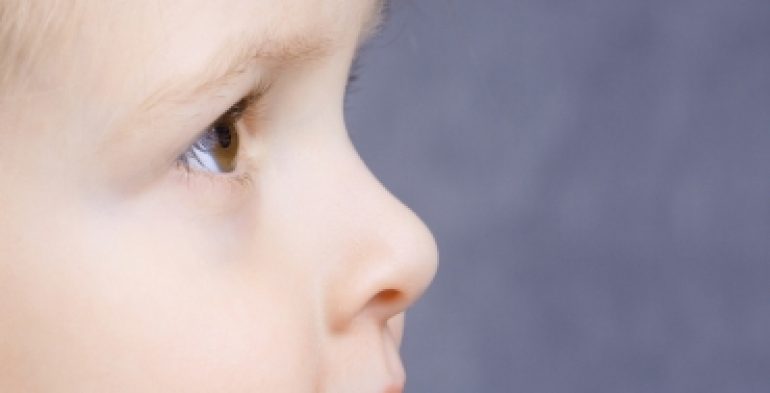
Over the last 10 years, outcomes have improved for children undergoing paediatric cataract surgery, for a number of reasons; firstly, a better understanding of the physiology of the young eye, especially the infant eye; and secondly, the introduction of better surgical techniques which have enhanced both its safety and efficacy.
Paediatric cataracts can be caused either because of genetic problems or intrauterine infections or they can be acquired either through trauma or due to metabolic disorders. While there are different causes, they all result in visual deprivation because of a cloudy lens either in one eye or both eyes. Cataracts that interfere with vision and cause visual impairment should be removed as soon as it is safely possible, especially if the cataract is present at birth. A delay in cataract removal can interfere with normal development of the visual centers in the brain.
Unlike in adults, paediatric cataract surgery is much more complex and has been known to pose more difficulties intra-operatively and in post-surgical visual rehabilitation. The reason pediatric cataract surgery is so challenging is due to fact that the eye is not only very small eye but also much more pliable and has only half the tensile strength of the adult sclera. Maintaining the visual axis clarity, even after surgery due to increased incidence of posterior capsular opacification, is another challenge that paediatric ophthalmologists face. Progressive improvement in surgical tools including operating microscopes and advanced instrumentation has helped make lens-related surgical procedures much safer and more reliable. Hence, posterior capsulotomy and anterior vitrectomy in all infantile cataract surgery cases in children (aged eight weeks to six years old) is becoming a standard technique. Therefore, secondary opacification of the visual axis is no longer a frequent issue in infantile cataract surgery.
Timing of the surgery is another important factor in good visual prognosis, especially in children with unilateral cataract. Children who have cataract in only one eye have high predilection for amblyopia (lazy eye). Early surgical intervention and follow-ups do yield more promising results. These children need patching to maximise their vision and there is dramatic improvement in vision in some cases, from vague shadows up to 90-95% vision.
One of the most important preoperative considerations is whether to implant an IOL (intraocular lens) or not. Not all children are suitable for primary IOL implantation and it depends on the type of cataract. Successful cataract surgery is only a small step to correcting vision in young children, and the challenge remains as to how best to correct the refractive error. IOL implantation and contact lenses are two choices to consider. The advantage of an IOL implantation is that it offers constant visual inputwhich is veryimportant for an improved visual outcome after paediatric cataract surgery. An intraocular lens provides at least a partial optical correction at all times. Because of this benefit, primary IOL implantation has slowly gained acceptance in the management of childhood cataracts. Procedures for cataract surgery and refractive correction have changed dramatically in recent years. As the new surgical techniques evolve and new tools become available, children with vision impairment now have the chance of improved sight and improved quality of life.
www.moorfields.ae










